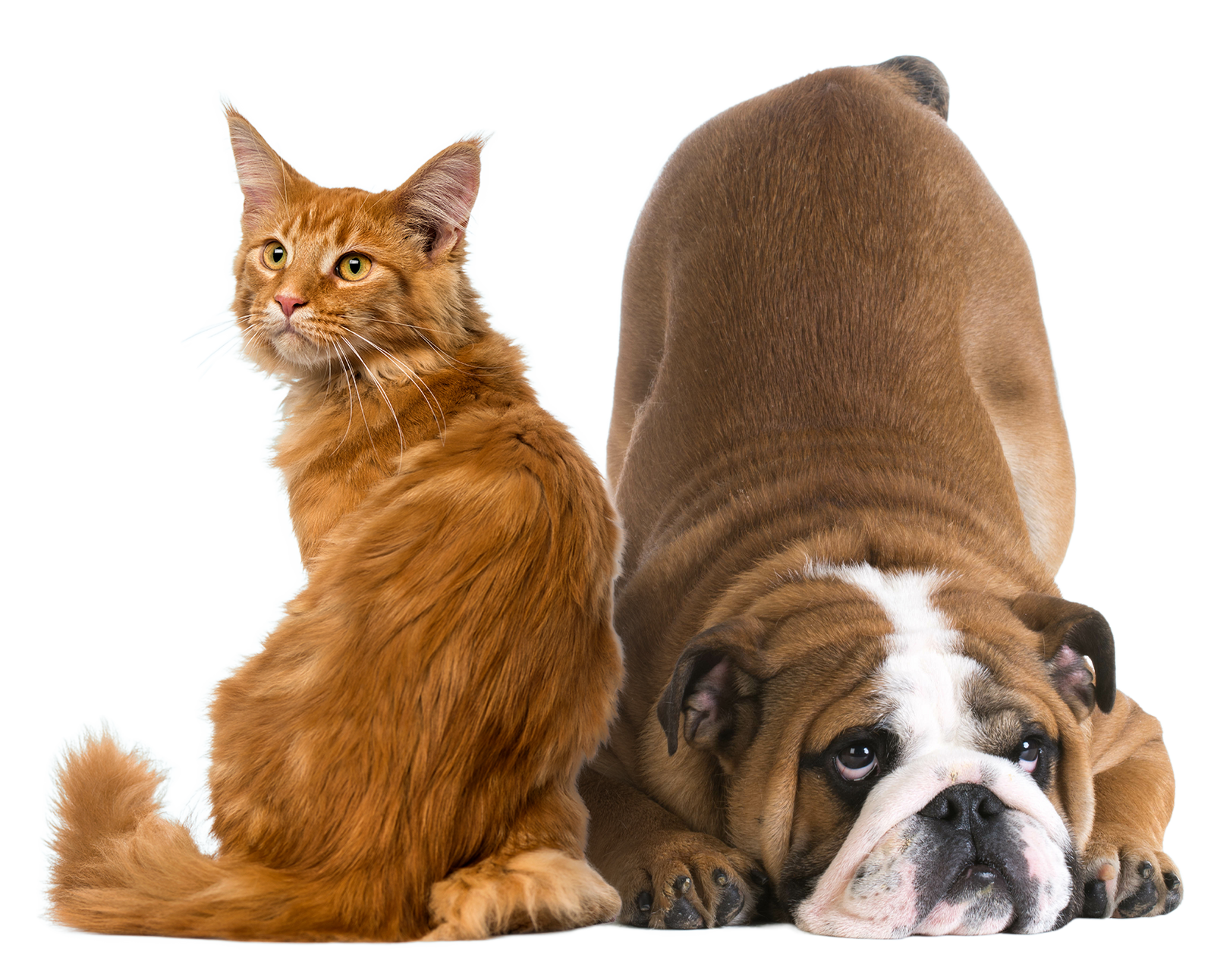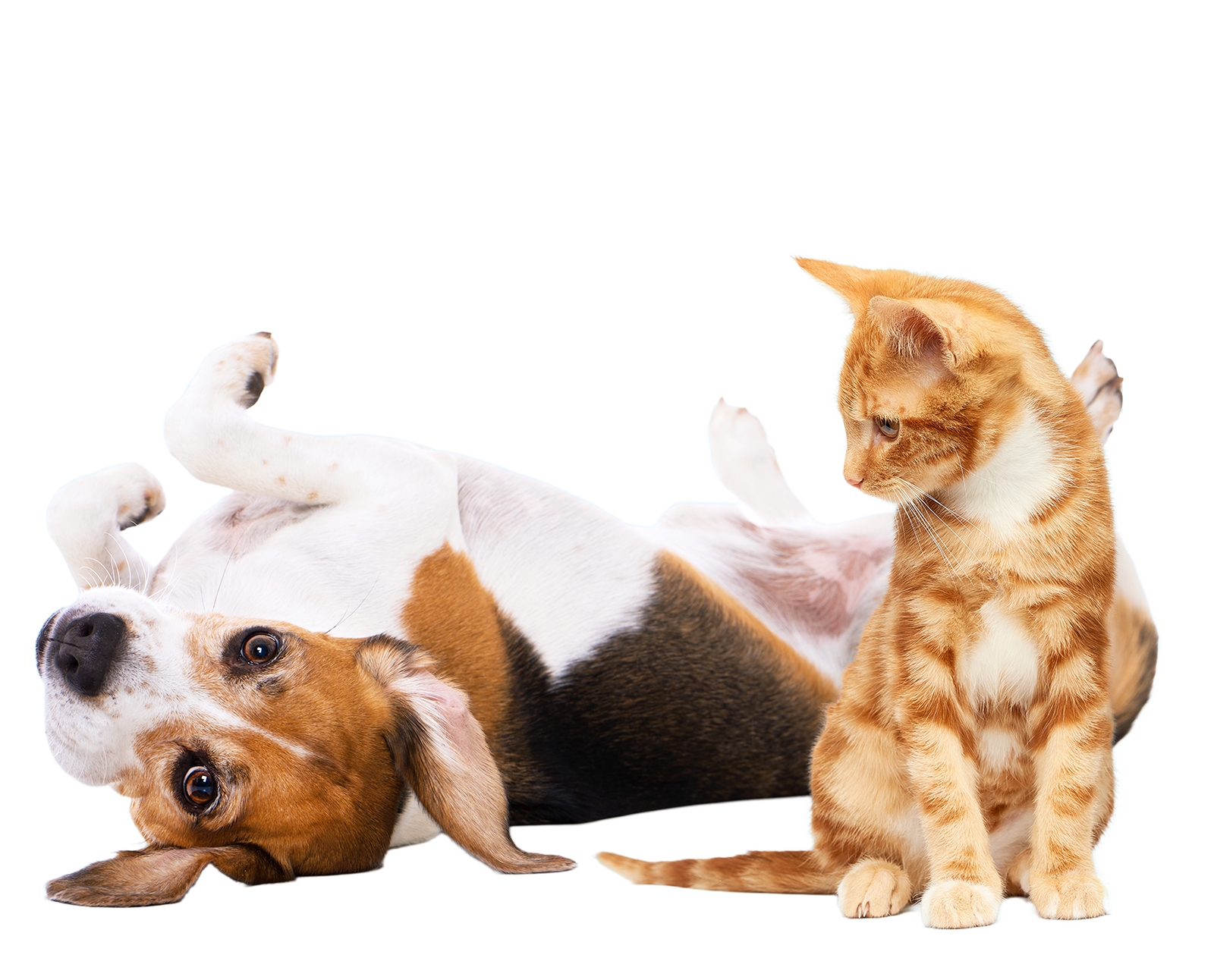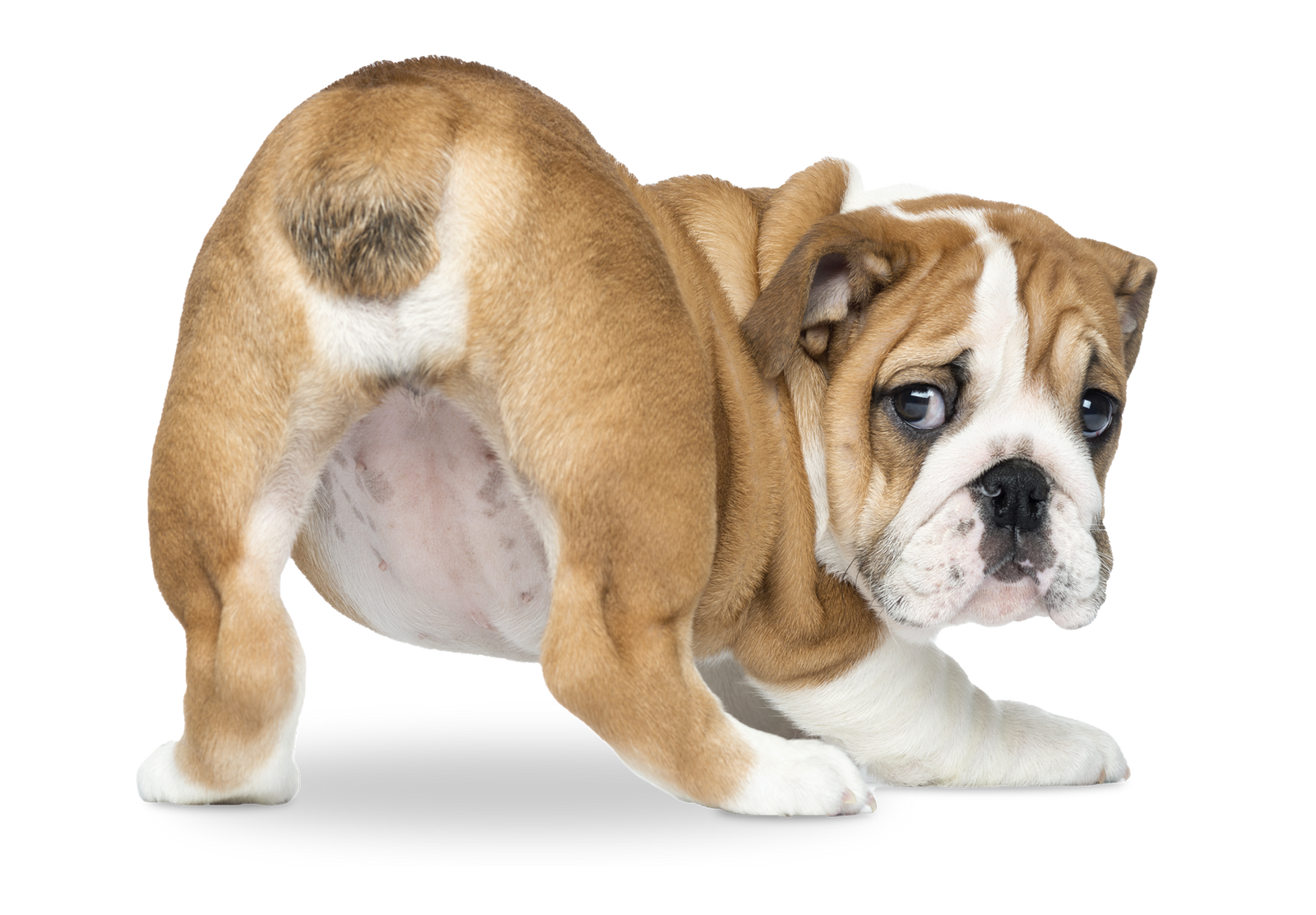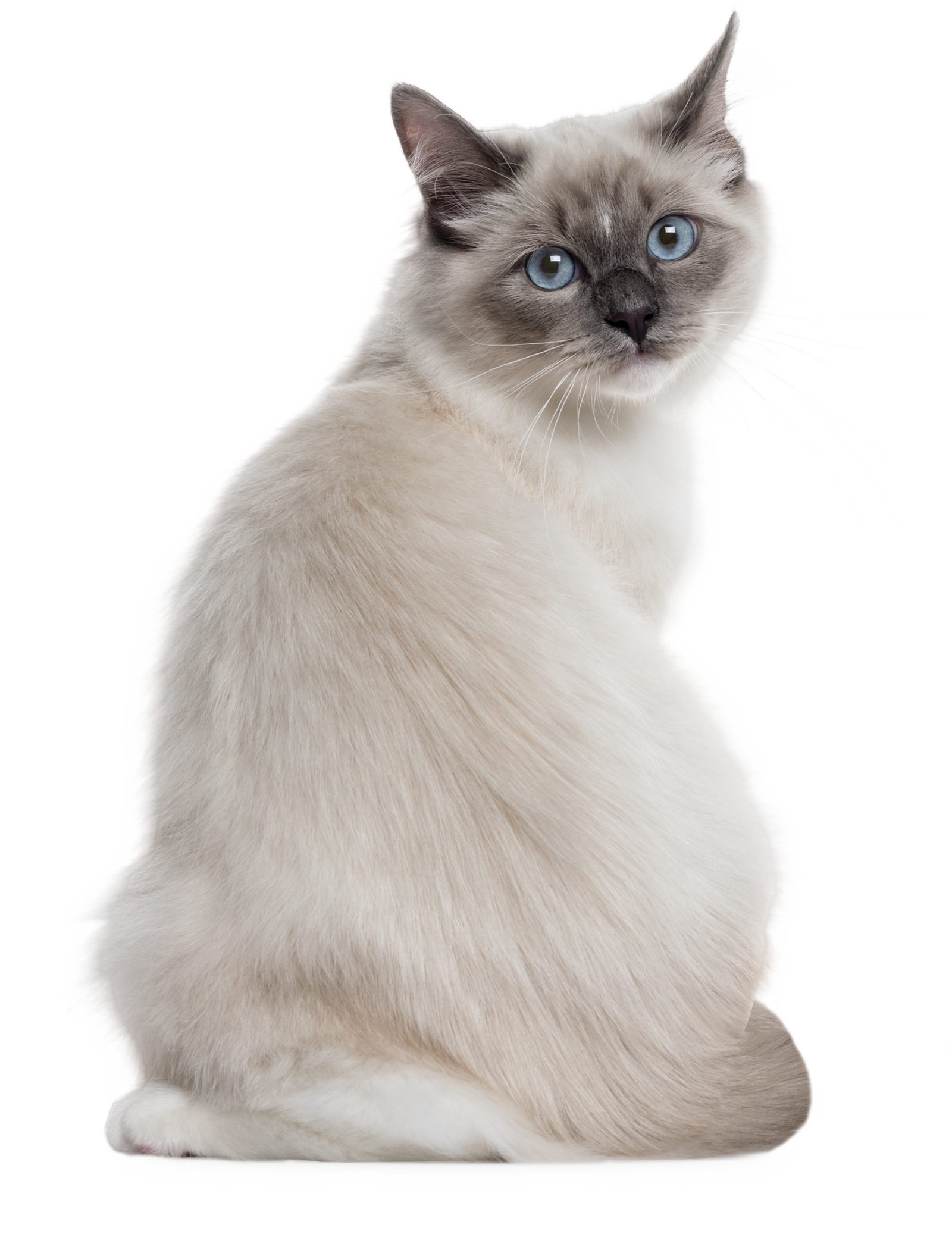How to Identify Abnormal Cat Poop in the Litter Box

Cats can be sneaky with their bowel movements; they slink away and quietly do their business in a tucked-away litter box, then reappear as if nothing ever happened.
Taking an “out of sight, out of mind” approach is what most cat parents prefer when thinking about their cat's poops; we check a few times a day for messes that need cleaning up, but otherwise would rather not take too close a look at what’s left nestled atop the kitty litter.
A closer look at your cat’s poop will give you valuable insight into what’s happening inside your cat’s body. So what does your cat’s poop say about their health? Learn what color says about your feline’s digestive health and what you can do to keep them on the right track!
White cat poop & other troublesome cat poop hues
You'll first notice the stool's color when digging for buried treasure in your cat’s litter box–because we all know how much they love burying their poop. Normal cat poop should be a brown to dark brown color. If their stool takes on an abnormal hue, make a note and contact your vet.
White cat poop
Cat poop with white specks could be a sign of intestinal parasites, which require diagnosis and treatment from your veterinarian.
Green cat poop
Gallbladder issues are the most common cause of greenish cat poop, but poop that’s runny with a yellow-green hue could also indicate a bacterial or digestive issue.
Black cat poop
Brown to dark brown are considered healthy cat poop colors––but be sure that dark brown isn’t black. Black, tarry stool is a sign that internal bleeding could be happening somewhere higher up in the digestive tract.
Red cat poop
If you see red in your cat’s poop, it could indicate the presence of blood in the lower digestive tract or, in rare cases, result from red-colored food that was ingested and then digested.
Yellow cat poop
Yellow cat poop isn’t always a cause for concern. On the one hand, yellow-hued stool could point to a liver or gallbladder issue. On the other, it could be run-of-the-mill digestive upset that could dissipate on its own––if it doesn’t, contact your vet to explore other possible causes.

What does normal cat poop look like?
When checking your cat’s litter box, a healthy bowel movement should have these five hallmark characteristics:
Smooth edges
A stool with smooth edges means the food has been effectively digested and has moved smoothly through the digestive tract. A lumpy stool could signify constipation, while a watery stool with ragged edges could mean cat diarrhea.
Sausage shape
A long, log or sausage-shaped stool that mimics the natural shape of the digestive tract is what you want to see when you look in your cat’s litter box. Stool that appears as small, pebble-like pieces could mean your cat’s stool is too dry, linked to dehydration and constipation.
Brown color
As your cat’s digested food moves through its digestive tract, the combination of stomach bile and enzymes alters the color of the stool to a healthy brown color.
Firm & malleable
The ideal texture for your cat’s stool is a firm–yet still malleable–texture that doesn’t fall apart when you scoop it up.
No blood or mucus
For obvious reasons, you don’t want to see any blood in your cat’s poop. Blood can indicate injury in the digestive system or from straining due to constipation. Some mucus can be a normal byproduct of lubrication from the intestines, but excessive mucus isn’t normal and should be discussed with your veterinarian.
When should I worry about my cat’s poop?
Keeping on top of your feline’s bowel behaviors can be tricky. Cats usually poop once or twice a day, so take notes if you notice anything unusual. Keep track of the timing and characteristics of bowel movements and other accompanying behaviors or symptoms you think could be connected.
If you notice any of these symptoms, make a note and contact your veterinarian for ways to help your cat’s poops get back on track:
- Constipation lasting more than 24-48 hours
- Signs of straining, pain, or discomfort while pooping
- Red or black bloody stool
- Cat or kitten with white poop
- Cat pooping green stool
How to support your cat’s digestive health
So you want to support your cat’s digestive health–and get their poops back to normal–but where should you start? A blend of supplements and lifestyle habits can get them back on track!
First, do what you can to ensure they’re getting enough dietary fiber in their food. That could mean adding a fiber sprinkle for wet or dry cat food or switching to more nutritious food. Remember to introduce foods over a week or two, allowing your cat’s digestive system to adjust while watching for signs of food sensitivities.
Hydration is vital for keeping things moving in the digestive system! You can increase your cat’s water intake by adding multiple bowls of clean water around the house, which can encourage more daily drinking. Wet food is another excellent way to sneak water into their diet!
Healthy activity is a must for keeping your cat on a regular pooping schedule! Catnip toys, laser pointers, and climbing cat trees are just a few options for indoor cats who don’t get as much exercise as outdoor cats.
If you’re worried about your cat’s abnormal poops, don’t hesitate to tap your veterinarian for help! Depending on what’s causing the symptoms, your vet might prescribe a specific medication like Metronidazole (Flagyl) for cat diarrhea or Panacur (fenbendazole) for parasitic infections. If they suspect an allergen is to blame, they’ll help you outline a special diet that can help rule out the offending foods.





